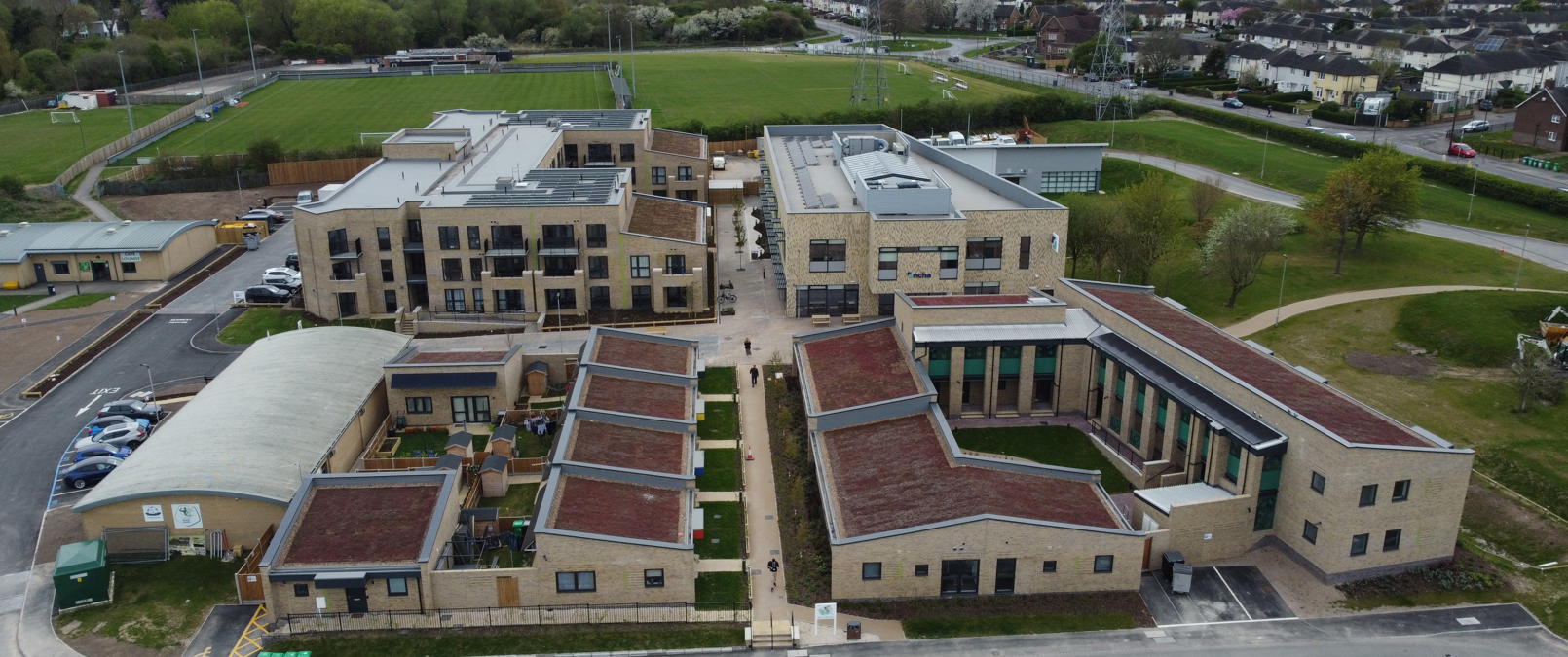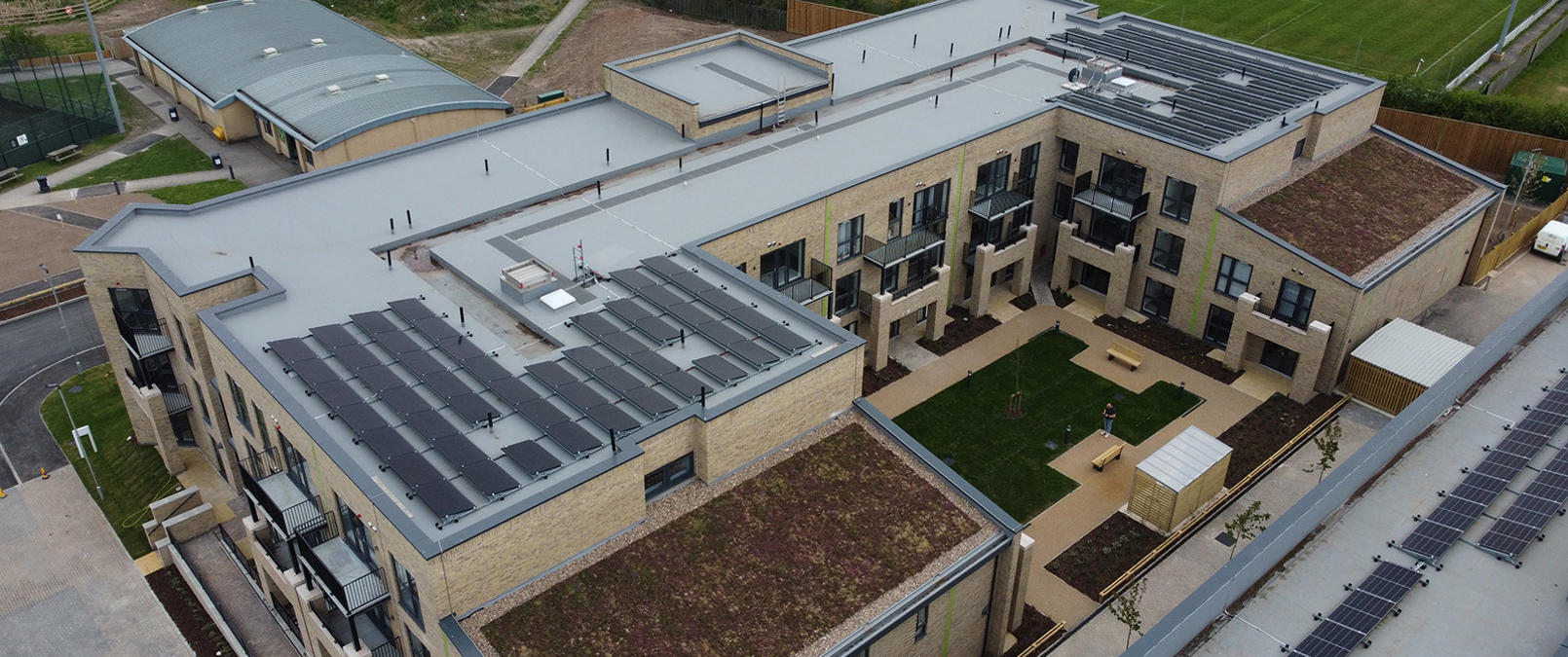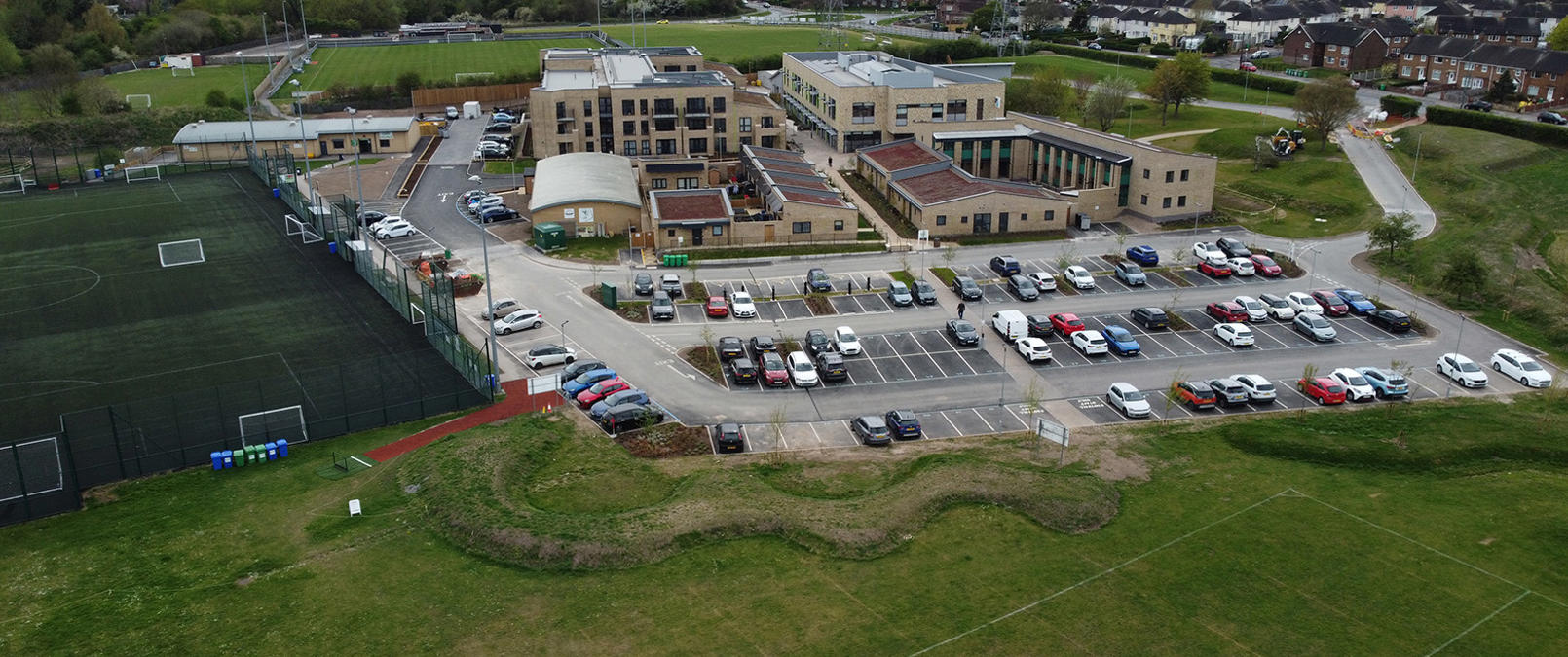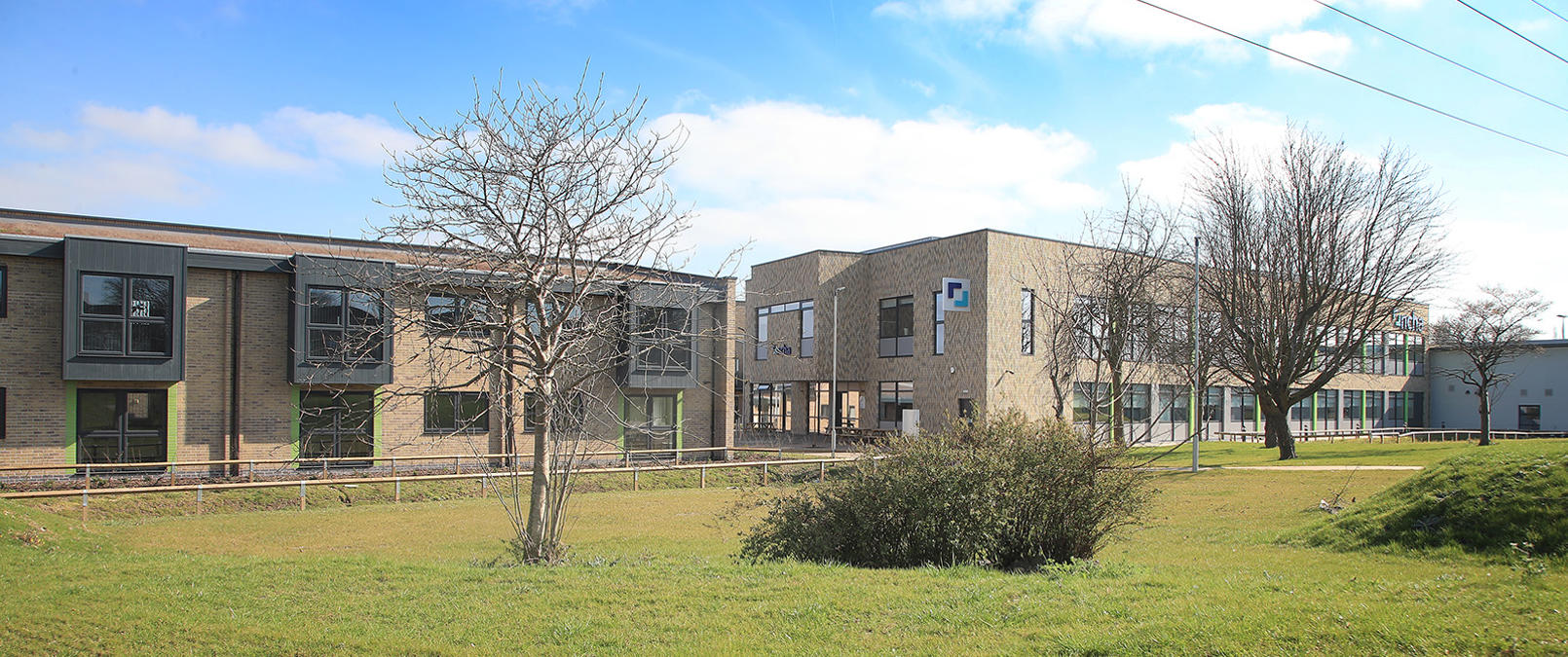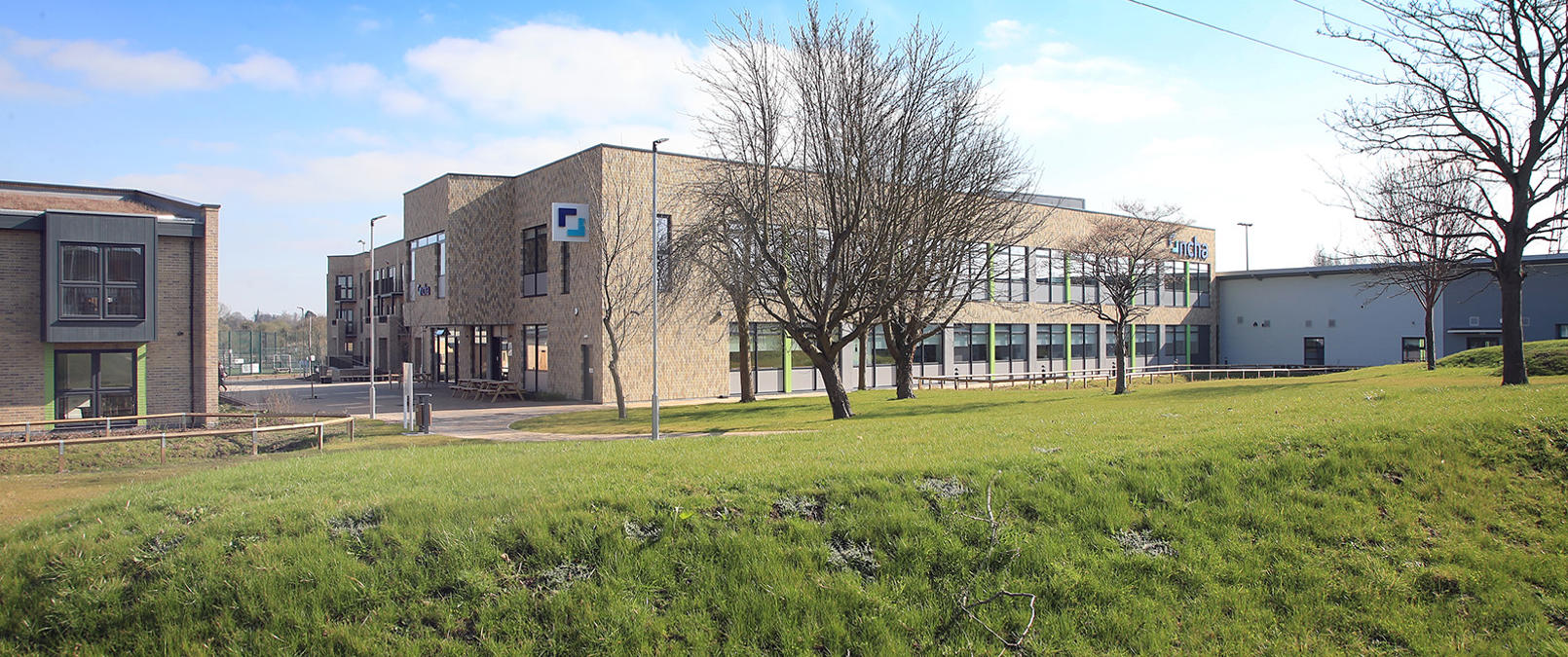Unlocking brownfield land in the greenbelt
Balancing growth with responsibility
As pressure continues to build to meet the Government’s ambitious target of delivering 370,000 new homes a year, the conversation around unlocking brownfield land in the greenbelt is gaining momentum. At Pelham Architects, we believe it is possible to meet this demand without compromising the environmental integrity or character of greenbelt areas, but it requires a sensitive, community-focused approach.
One project that demonstrates this balance in action is our work with Nottingham Community Housing Association (NCHA) on the regeneration of the disused college off Farnborough Road in Clifton, Nottingham. A brownfield site on the city’s greenbelt, it raised important questions about how to respect and protect our natural environment while still delivering much-needed affordable housing.
Designing with purpose and place
Mike Price, Senior Architect at Pelham, explained our approach: “Our vision for the Farnborough Road development was to create a truly inclusive, sustainable, and community-led place. Working closely with NCHA, we established a shared vision from the outset: to retain vital sporting facilities and introduce new homes and a workspace that together create a safe, secure and welcoming hub for living, working and playing.”
The development combines high-quality affordable housing, community infrastructure, and environmental enhancements. The new homes have been designed to meet SAP ‘A’ ratings, ensuring long-term energy efficiency and reduced fuel bills for residents. The workspace, designed to BREEAM Excellent standards, demonstrates how good architecture can drive sustainability and social value at the same time.
Working with the natural environment
From the outset, we focused on enhancing the natural environment rather than displacing it. Features such as green roofs, tree-lined swales, wild planting, and air source heat pumps are integrated throughout the scheme. The architecture is purposefully restrained, allowing the landscape to take precedence, a strategy that reflects our belief in respectful, place-based design.
Mike adds: “This is more than just a housing or office project, it’s a place designed to respect its setting. We believe it exemplifies how high-quality, sustainable architecture can create lasting social value and should be recognised as a model for future regeneration projects.”
At Pelham, we’re proud to be part of a new kind of development, one that meets housing need without losing sight of the bigger picture.

